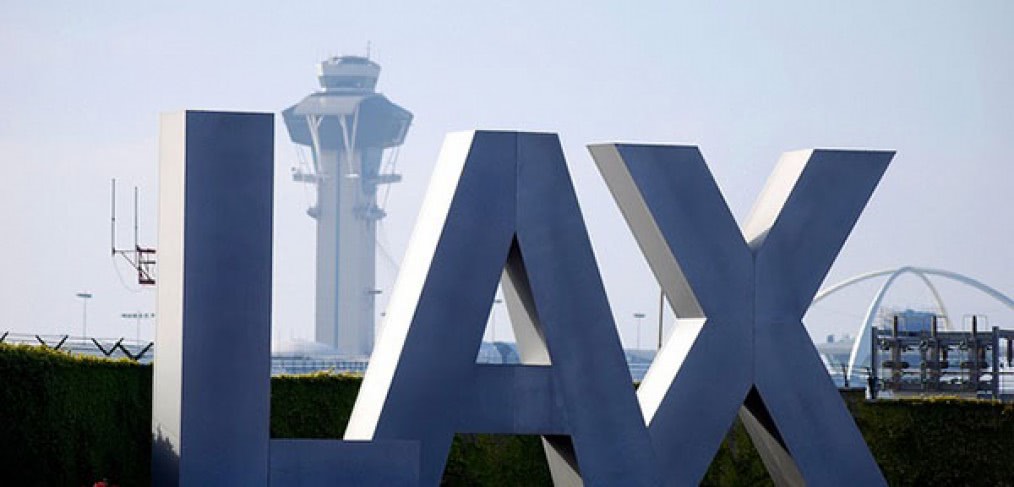
Beyond the Fence: Planning LA’s 21st Century Aerotropolis
I must say, I’m a bit concerned and disappointed about the lack of current comprehensive thinking about LAX and its relationship to LA as a whole. While the recent unveiling of the LAX Northside Plan Update, the LAX SPAS Draft EIR open house/public meetings, and the plans metro has developed for extension of light rail services to the airport will certainly help the short term viability of the airport and even the immediate surroundings of Westchester, I still wonder: how should we change our thinking?
Plans for the LAX development date back to the 1920s. The city of LA grew up around it, offering workforce housing and steady employment anchors within a planned community format – a progressive endeavor for its era. It quickly became a classic post war “company town” with a burgeoning middle class community. Think Levittown combined with a robust aerospace industry employment base. In fact, Westchester is still a solid middle class community, known for single family homes and strip retail along major corridors, even after many of the aerospace companies moved out of the area. LAX has continued to develop as one of the world’s major hubs for domestic and international travel and is now splitting at its seams. The throughput of both cargo and passengers consistently puts it in the top 5 in both categories. LAX is land locked, meaning there is very little space for the airport to grow beyond its current boundaries. Much of the planning to date focuses on improving efficiencies in technology and managing the existing assets without significant additional acquisition of land. At the same time, LAX’s proximity to a major metro area with unparalleled skill sets is unquestionable and a big part of its ongoing success. Part of the reason I live on the west side is easy access to the airport. In fact, it’s more important to my business than having an office downtown.
According to John Kasarda, the author of Aerotropolis, The Way We’ll Live Next, airports will continue to gain prominence as an essential driver of urban growth and prosperity in the 21st century, and regions will continue to compete against each other for market share. LA is essentially in competition with Denver, Dallas/Fort Worth and other global hubs for the attraction of talent and infrastructure that can support high value vertical industries such as high-tech manufacturing, warehousing and logistics, biomedical, agribusiness, consulting and the like. These industries will want to be clustered around airports to allow faster, more efficient and competitive product delivery to market. Kasarda contends that the areas around both O’Hare in Chicago and DFW support more commercial office space than each of their respective central business districts. He says comprehensive land use planning around a much larger footprint than just the airport itself is needed in order to make the most of this opportunity. This “aerotropolis” model would assess land uses within a 20 mile radius, looking for opportunities to cluster employment centers with residential and mixed use, improve multimodal transportation infrastructure, expand open space networks and increase community amenities. These efficiencies in land use planning will result in less time commuting and will make airport-centric businesses work more efficiently. Multimodal mobility solutions around the airport will allow for more efficient use of existing roadways for multiple modes beyond autos, offering options that integrate all forms of transit, off-site parking, people movers, ride sharing and more.
As the front door to Los Angeles, LAX leaders will need to start to think more progressively about sustainability, branding and its role in the city in order for the airport to become a 21st century aerotropolis. What will be the primary gateways into the aerotropolis? What is the story we want to tell visitors, workers and residents about the future of our city? What provision is there for accommodation of natural systems, water treatment, sustainable power, habitat areas, parks, trails and play areas?
A more comprehensive aerotropolis-based planning effort would blend and optimize the needs of “inside the fence” with “outside the fence” for a much wider area (roughly a 50 mile radius) and a longer time frame (say the next 50 years). The plan would need to take into account the history of the area and its strengths and weaknesses from a physical planning and demographic perspective. By incorporating philosophies around aerotropolis and sustainability planning, the strategy would help bring together local business owners, the community at large, and planning officials to formulate a number of team-based design, market driven and financially sustainable proposals for the area. This would begin to more comprehensively address the future land use, circulation and open space needs of this vital part of the city. The effect of these goals and objectives would have an economic, social and environmental impact, promoting shared benefits for all of LA.
We must realize that LAX is one of our most important community assets and we should begin to think about it in these terms moving forward.
Image via LAist

Nice Topic Nate !! I think that this is a subject/problem where a lot of cities are dealing with and especially LAX.
Amsterdam – Schiphol airport is a nice example of how a airport in relation to its surrounding can develop together in a sustainable way, with keeping competitiveness in mind relating to other international airports.
They have a plan now which is called “Schiphol city” it connects different hubs with each other on land. The main hubs are in a radius of 1 mile to approximately 50 miles. It’s a very strategically well thought example where the government and the private airport company are working together for future developments (socially, business, connectivity ….
Thanks,Atilla